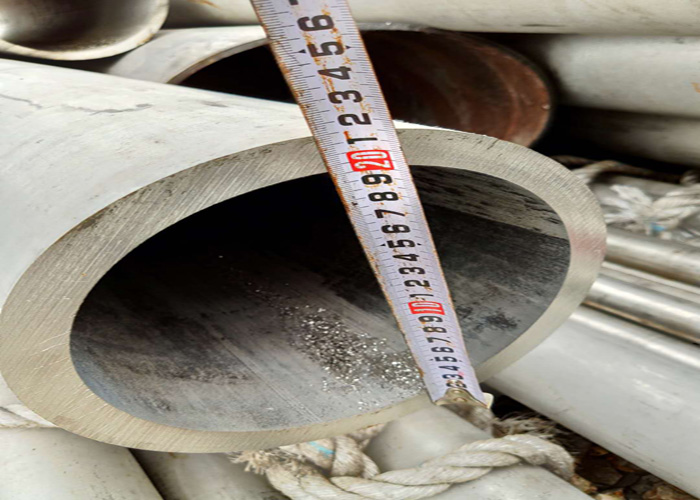How do you explain why stainless steel pipes will rust?
When brown rust spots (dot) appeared on the surface of the stainless steel pipe, people were amazed: "Stainless steel is not rusted, rust is not stainless steel, and there may be problems with steel." In fact, this is a one-sided misconception about the lack of understanding of stainless steel. Stainless steel will also rust under certain conditions.
Stainless steel pipe have the ability to resist atmospheric oxidation - that is, rust, and also have the ability to corrode in acids, alkalis, and salts - that is, corrosion resistance. However, the degree of corrosion resistance varies with the chemical composition of the steel itself, the state of addition, the conditions of use, and the type of environmental medium. For example, 304 steel pipe has absolutely excellent rust resistance in a dry and clean atmosphere, but it is moved to the coastal area, and it will soon rust in sea fog containing a lot of salt; while 316 steel pipe will perform. good. Therefore, it is not any kind of stainless steel that is resistant to corrosion and rust in any environment.
The stainless steel pipe is a very thin and strong and stable chromium-rich oxide film (protective film) formed on the surface to prevent the oxygen atoms from continuing to infiltrate and continue to oxidize, thereby obtaining the ability to resist rust. Once for some reason, the film is continually destroyed, oxygen atoms in the air or liquid will continue to infiltrate or iron atoms in the metal will continue to separate out, forming loose iron oxide, and the metal surface will be continuously rusted.








